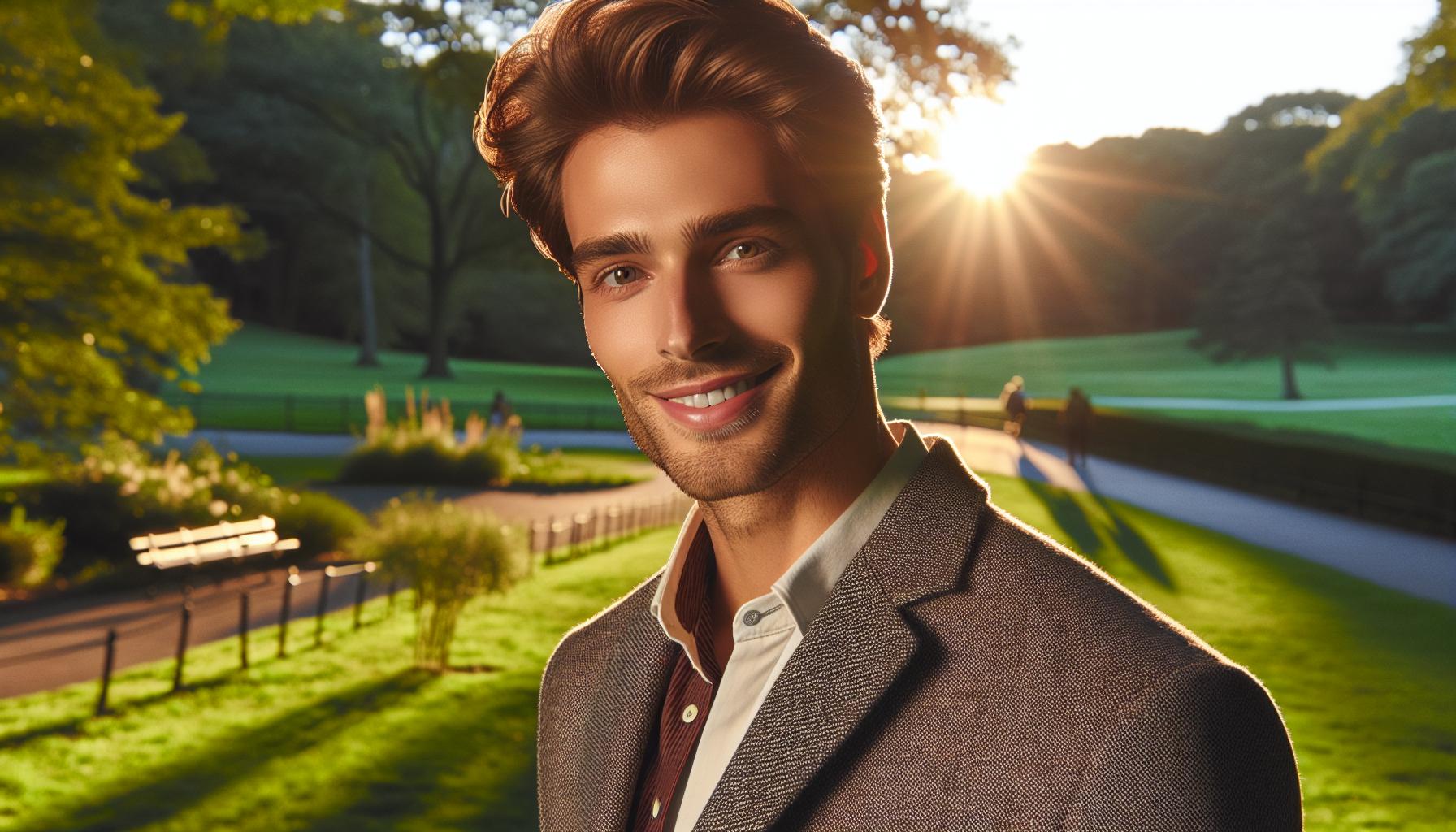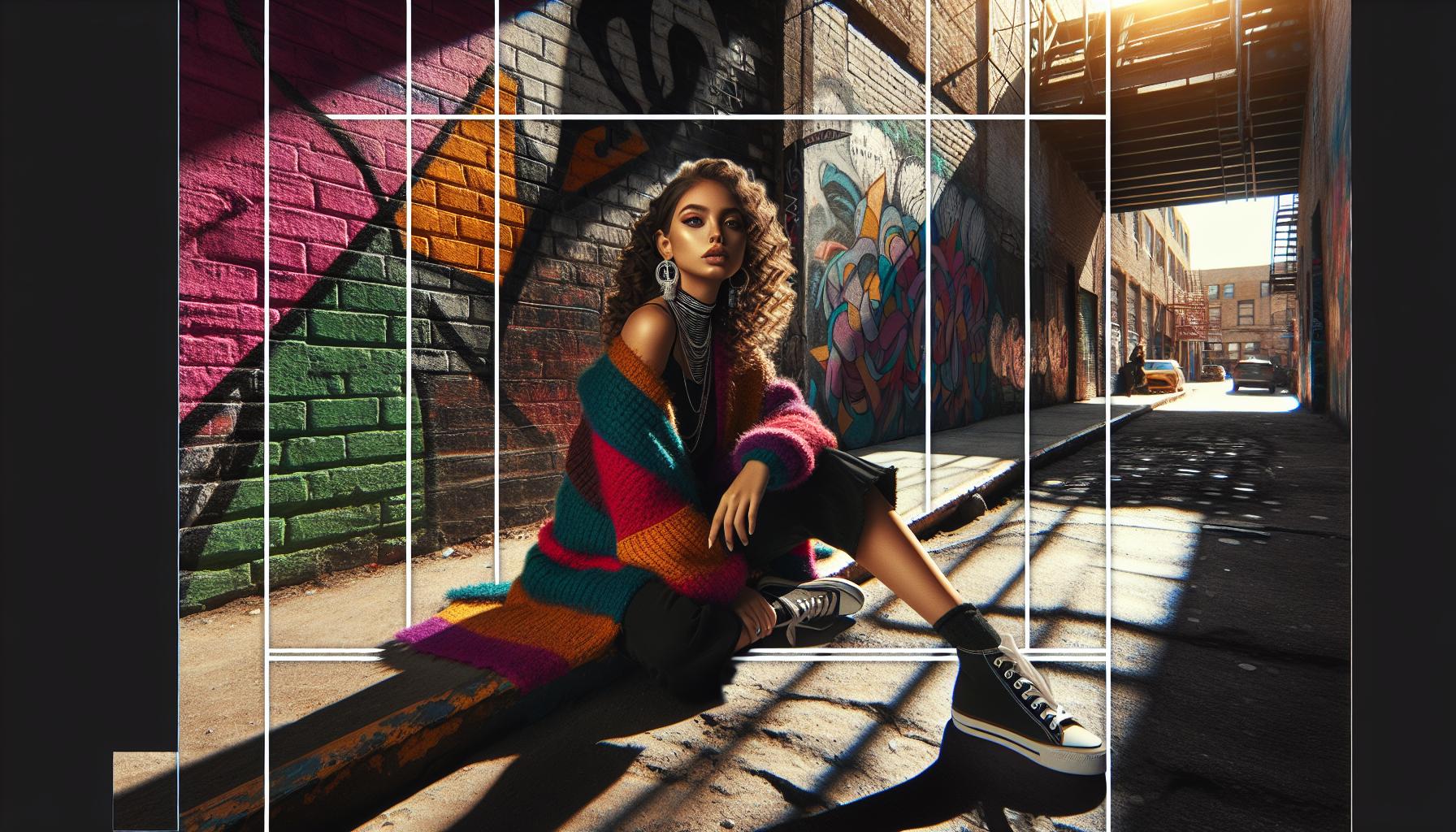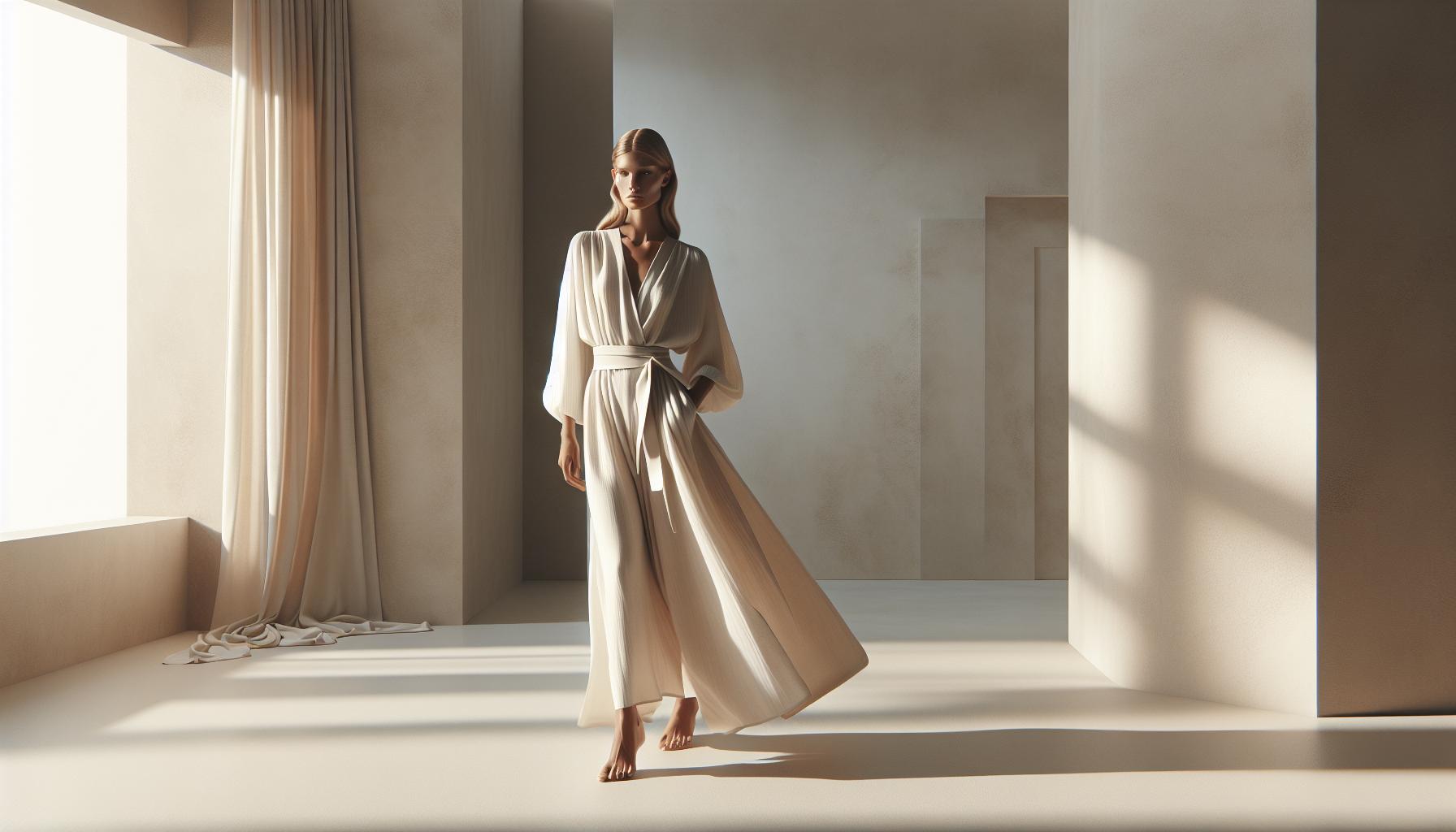Key Takeaways
- Blends Fashion and Life: Lifestyle fashion photography captures the intersection of style and real-life moments, making fashion relatable and accessible to audiences.
- Authentic Storytelling: This genre emphasizes authentic narratives and emotions, inviting deeper connections between viewers and the subjects.
- Natural Settings and Candid Moments: Utilizing everyday environments and unscripted interactions enhances the realism and spontaneity of the imagery.
- Composition Techniques: Employing the rule of thirds and framing techniques creates balanced, engaging visuals that guide the viewer’s eye and enhance storytelling.
- Trends in Aesthetics: Current trends include minimalism, clean aesthetics, and environmental storytelling, all of which contribute to a cohesive and impactful fashion narrative.
In a world where visual storytelling reigns supreme, lifestyle fashion photography captures the essence of style in everyday moments. This dynamic genre blends fashion with real-life scenarios, showcasing not just clothing but the emotions and experiences that come with them. It transforms ordinary settings into vibrant canvases, inviting viewers to connect with the subject on a personal level.
As social media continues to shape trends, lifestyle fashion photography has become a vital tool for brands and influencers alike. It creates an authentic narrative that resonates with audiences, making fashion feel accessible and relatable. By focusing on the interplay between style and lifestyle, this photography style not only highlights garments but also celebrates individuality and self-expression in an ever-evolving fashion landscape.
Lifestyle Fashion Photography
Lifestyle fashion photography blends fashion with everyday life, showcasing clothing in relatable contexts. This genre captures both the aesthetic of fashion and the emotions associated with personal experiences.
Definition and Purpose
Lifestyle fashion photography focuses on portraying fashion items in real-life situations. The purpose is to highlight clothing in a natural setting, emphasizing a lifestyle rather than just an item. This approach facilitates emotional connections and engagement, making fashion more approachable for audiences. Brands and influencers utilize lifestyle photography to tell stories that resonate with viewers, thereby enhancing brand identity and customer loyalty.
- Natural Settings: Lifestyle fashion photography typically occurs in everyday environments, such as streets, homes, or parks, ensuring that the clothing integrates seamlessly into the surroundings.
- Authentic Emotions: Photographers capture genuine expressions and interactions that reflect a mood or feeling, elevating the narrative depth of the imagery.
- Dynamic Composition: Photographs often feature movement and spontaneity, creating a lively atmosphere that draws viewers in, unlike traditional posed fashion shots.
- Focus on Individuality: This genre highlights personal style and individuality, showcasing a diverse range of models and fashion choices that appeal to various audiences.
- Candid Moments: Candid photography captures subjects in relaxed, unposed scenarios, adding authenticity to the portrayal of fashion and lifestyle.
Lifestyle fashion photography effectively conveys the essence of a brand while simultaneously celebrating the beauty of real-life experiences.
Equipment and Techniques

Lifestyle fashion photography requires specific equipment and techniques to effectively capture clothing and emotions in real-life contexts. Understanding these elements enhances the quality and impact of the images.
Camera Gear and Accessories
- DSLR or Mirrorless Camera: A quality camera is essential for high-resolution images. Both types are suitable, offering versatility and advanced features.
- Lenses: Prime and zoom lenses provide different perspectives. A 50mm lens is ideal for portraits, while a wide-angle lens captures expansive scenes.
- Tripod: A sturdy tripod stabilizes shots in varying conditions and allows for long exposures during low light.
- Reflectors: Reflectors help manipulate natural light, enhancing illumination and minimizing shadows on the subject.
- Filters: Polarizing and ND filters reduce glare and control exposure, enhancing overall image quality.
- Natural Light: Leveraging natural sunlight creates a soft, flattering effect. Ideally, shoot during golden hour for optimal warmth and vibrancy.
- Artificial Lighting: Using flash or softboxes provides control over light conditions. Softboxes diffuse light, simulating natural softness.
- Backlighting: Positioning the light source behind the subject creates a halo effect. This technique adds a dreamy quality to the photo.
- Hard Light: Direct light from an artificial source emphasizes textures and shapes, providing a dramatic effect.
- Light Modifiers: Employing diffusers and reflectors manipulates light to achieve desired moods, enhancing the overall impact of the composition.
Composition in Lifestyle Fashion Photography

Composition plays a crucial role in lifestyle fashion photography. It enhances storytelling, guiding the viewer’s eye and creating impactful visuals.
Rule of Thirds and Framing
Using the rule of thirds creates balance and interest in photographs. Photographers divide the frame into a grid of nine equal sections, placing key elements along the lines or intersections. This positioning leads to more dynamic and engaging compositions.
Framing involves utilizing natural elements in the environment, such as trees, doorways, or windows, to create a visual border around the subject. This technique directs attention and adds depth to the image, enriching the overall narrative.
Use of Color and Texture
Strategic use of color adds emotion and mood to lifestyle fashion photography. Coordinating colors with the brand’s identity creates a cohesive aesthetic. Vibrant colors captivate attention, while muted tones evoke calmness and sophistication.
Texture enhances visual interest and can emphasize fabric details or environmental elements. Capturing diverse textures—from the smoothness of silk to the roughness of brick—creates richness and layers within the image. Effective integration of color and texture contributes to captivating storytelling that resonates with viewers.
Popular Trends in Lifestyle Fashion Photography

Lifestyle fashion photography continually evolves, reflecting current cultural shifts and aesthetic preferences. Here are key trends shaping the genre.
Minimalism and Clean Aesthetics
Minimalism and clean aesthetics dominate lifestyle fashion photography, emphasizing simplicity and uncluttered compositions. Photographers focus on essential elements by using ample negative space, which draws attention to fashion items and the model. Light colors, subtle textures, and soft lighting create serene atmospheres. This approach enhances the visual impact, allowing the subject to resonate while promoting a sense of calm and sophistication.
Environmental and Contextual Storytelling
Environmental and contextual storytelling plays a crucial role in lifestyle fashion photography. Photographers incorporate detailed backgrounds that enhance narratives, placing subjects in thoughtfully considered settings that reflect their style. Locations act as extensions of the fashion, creating connections between the model, outfit, and environment. By weaving personal stories into the imagery, the photographs evoke emotions and resonate with audiences, making the fashion experience relatable and engaging. Emphasis on authenticity and context helps in crafting compelling visuals that speak to the viewer’s lifestyle aspirations.
Bridges The Gap Between Fashion And Everyday Life
Lifestyle fashion photography stands as a powerful medium that bridges the gap between fashion and everyday life. By capturing authentic moments and emotions it transforms clothing into relatable narratives. The focus on real-life settings and genuine interactions elevates the viewer’s experience making fashion more accessible and inspiring.
As trends evolve the techniques and equipment used in this genre continue to adapt. Emphasizing composition lighting and context allows photographers to create compelling visuals that resonate deeply with audiences. Ultimately lifestyle fashion photography not only showcases style but also celebrates individuality and personal stories enriching the world of fashion.